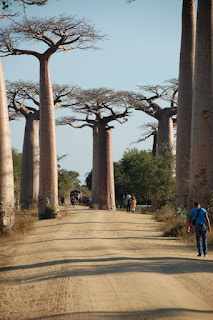Giant Sequoias Exhibit Design
.jpg)
If you saddle up and ride out California way, head on over to the Sierra Nevada mountains. Then you can find Sequoia National Park . There you will see the giant sequoias which are the largest trees in the world. People sometimes confuse them with giant redwoods — the tallest trees. So how did they get up there in such a limited area? There are several factors work together for giant sequoias to propagate. Also, the way water gets all the way to the top is an engineering feat. Finally, their existence and location fits the biblical timeline. Giant sequoias, one on right with fire damage, Wikimedia Commons (PD) It is interesting how in the wake of forest fire destruction comes renewal. Fires and scorched ground are essential for giant sequoia seed growth. The trees have been around for thousands of years, and can reach heights around 99 meters (325 feet). Human engineers marvel at how giant sequoias pump 1,890 liters (500 gallons) up each tree every day. Also, the Genesis Fl...

.jpg)
.jpg)
.jpg)



.jpg)
,%20Fossil%20Butte,%20Wyoming,%20National%20Park%20Service%20(usage%20does%20not%20imply%20endorsement%20of%20site%20contents).jpg)


.jpg)
.jpg)



.jpg)
